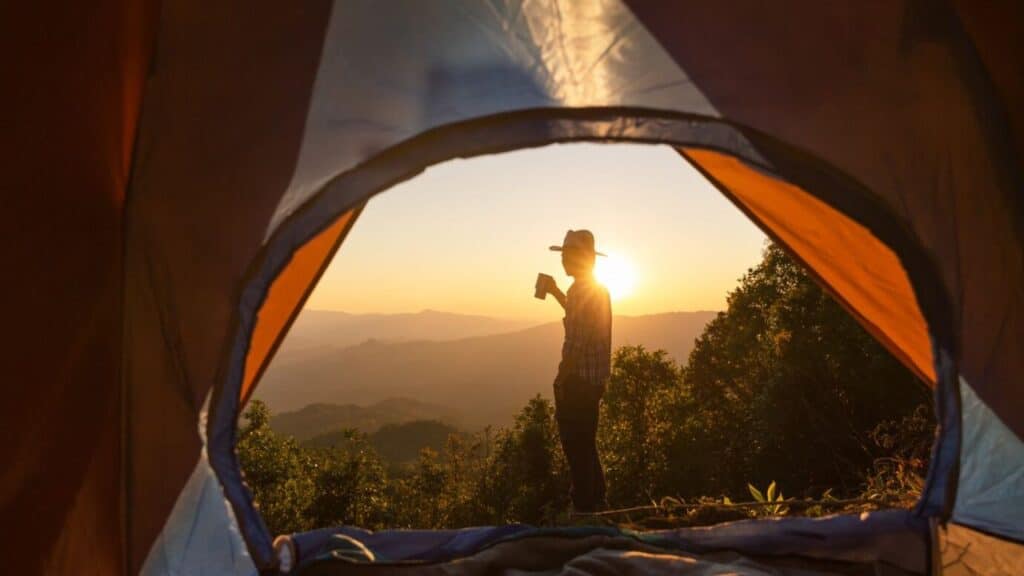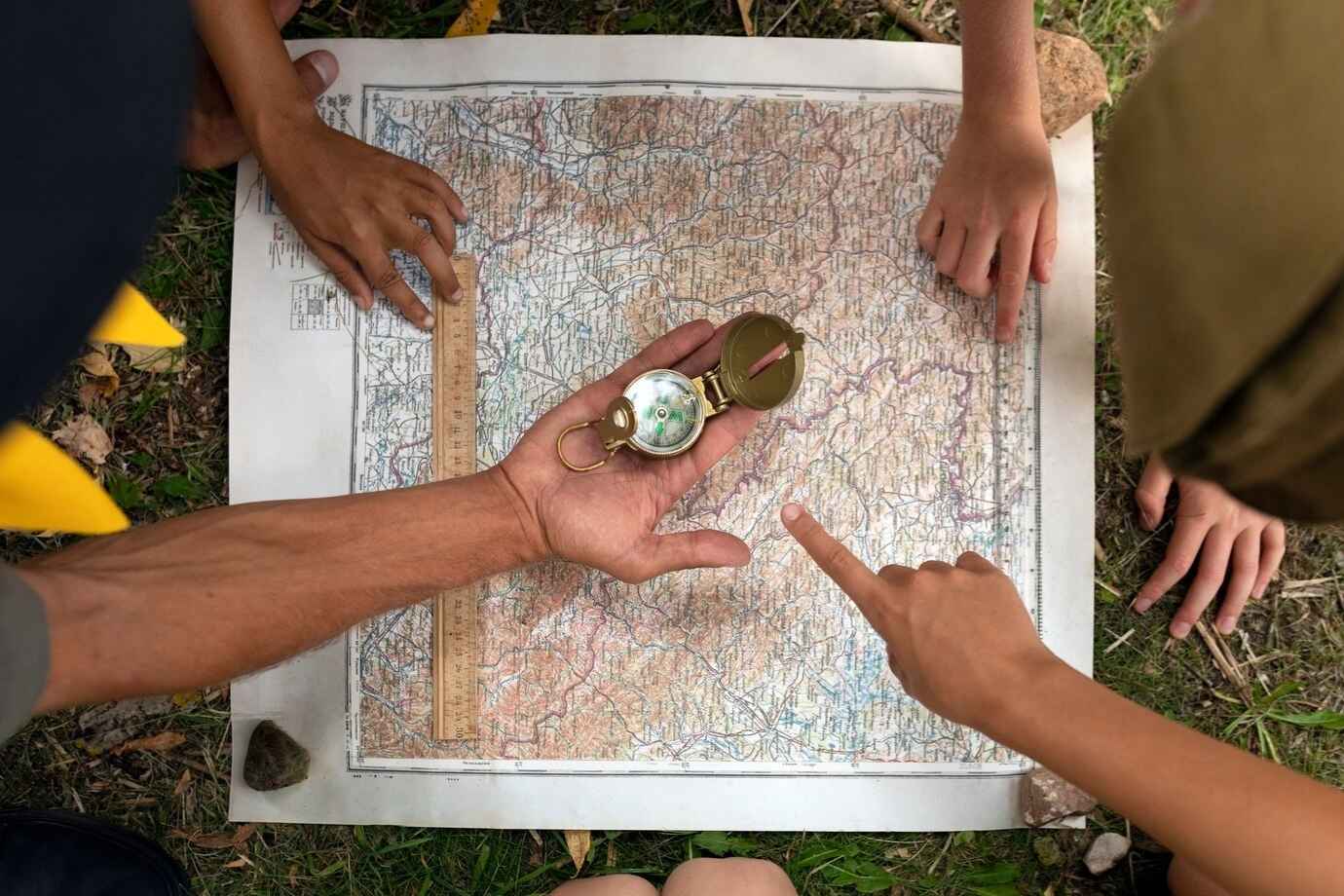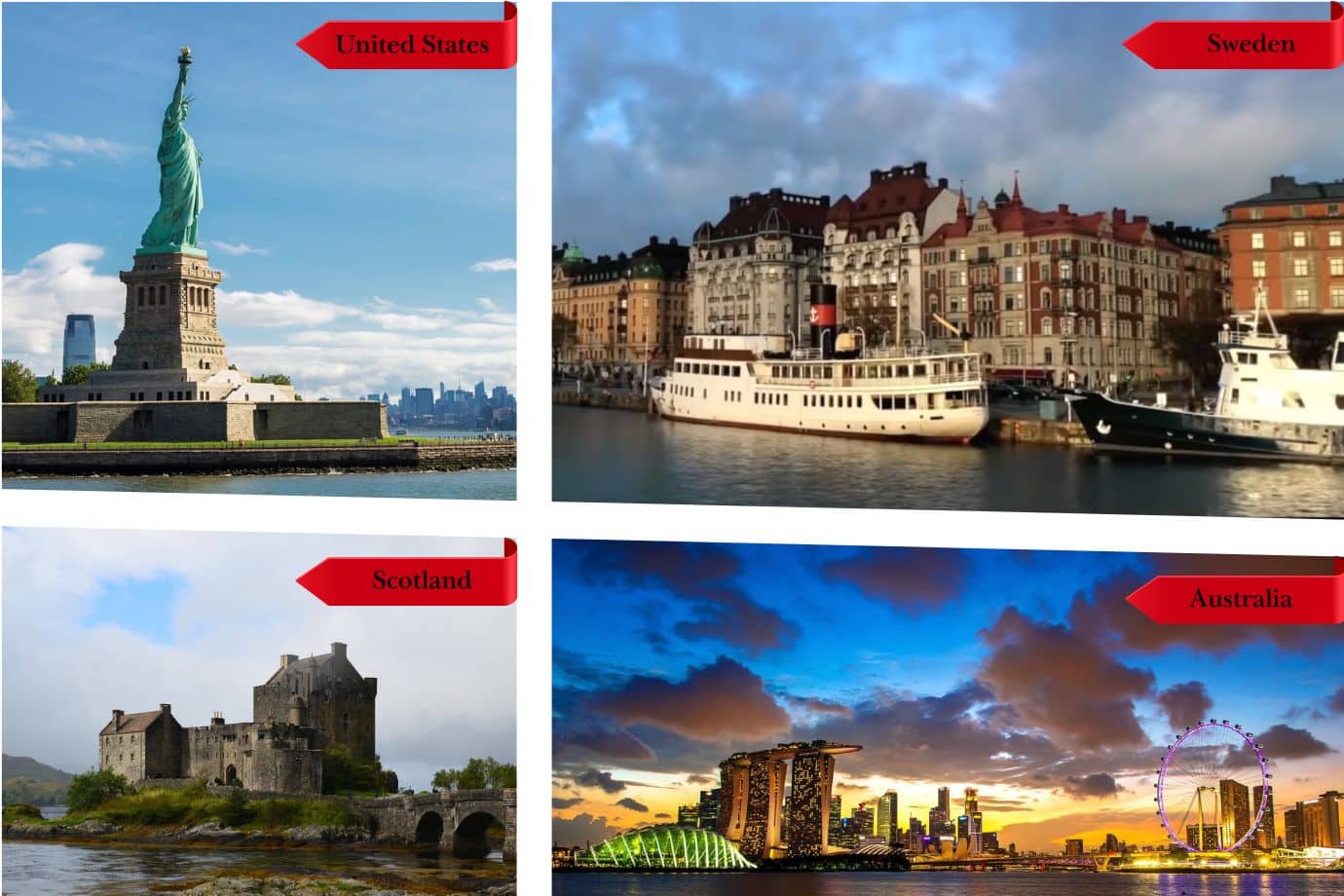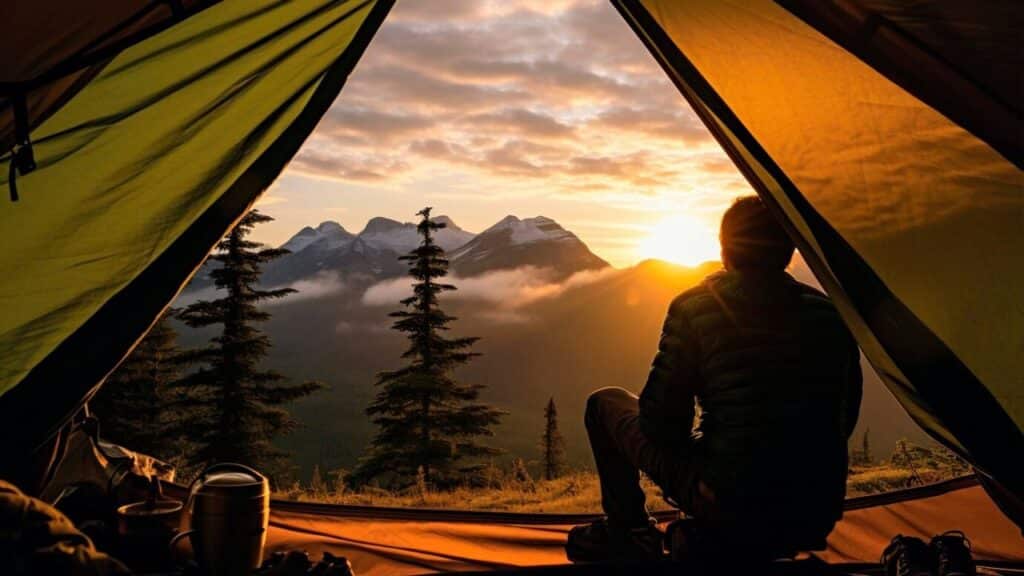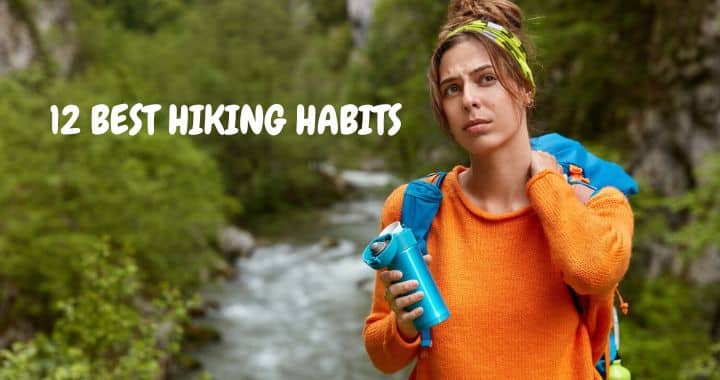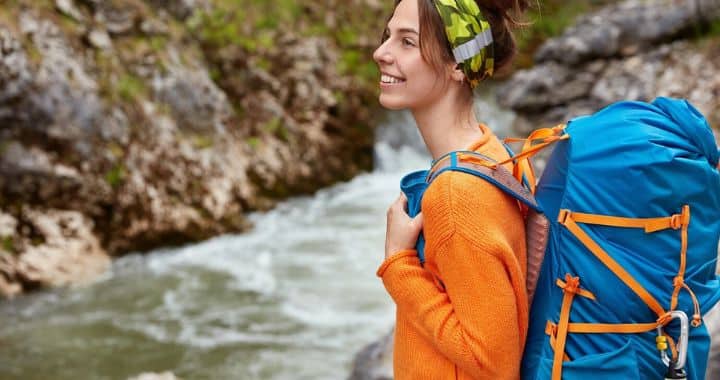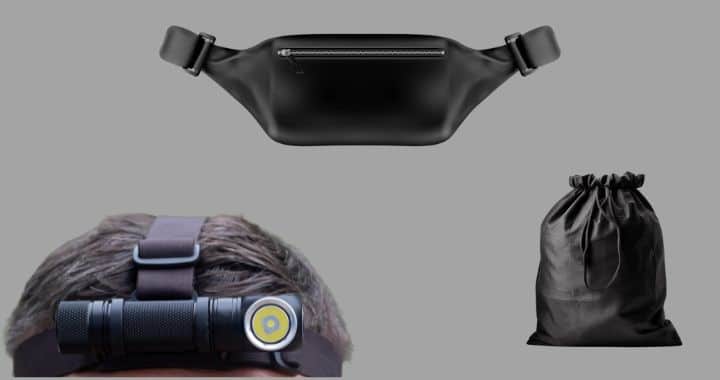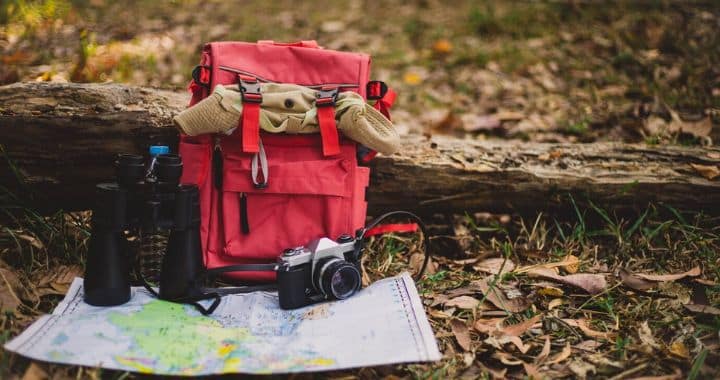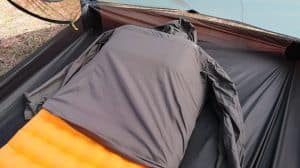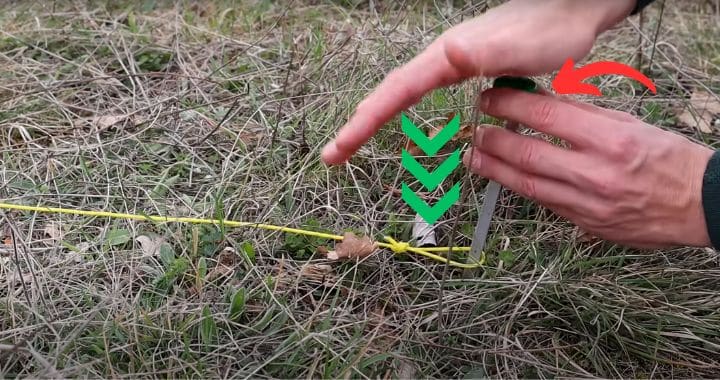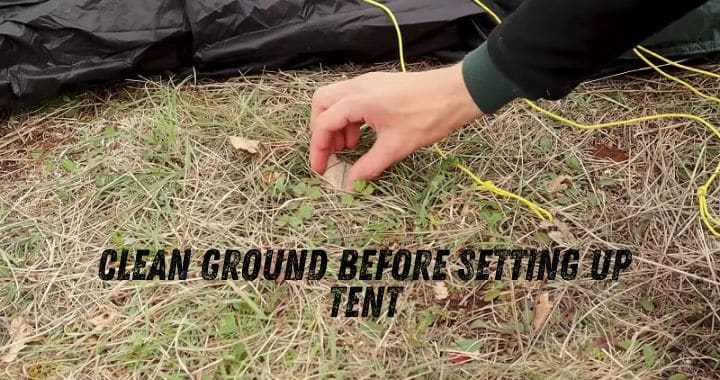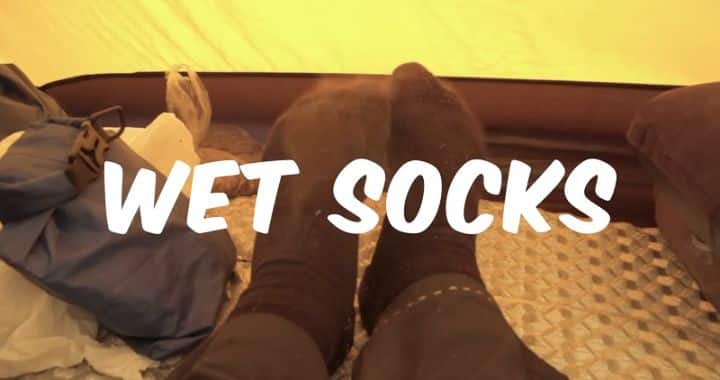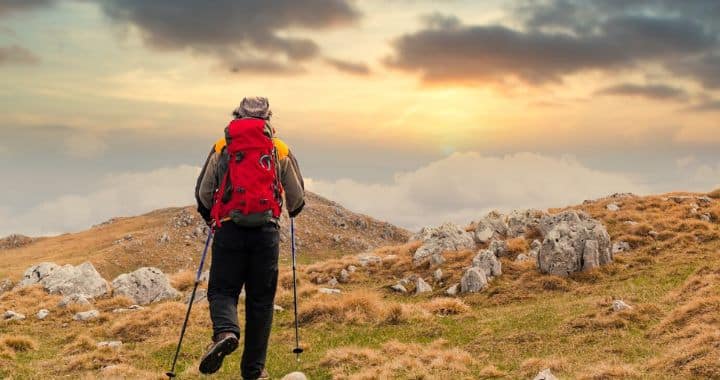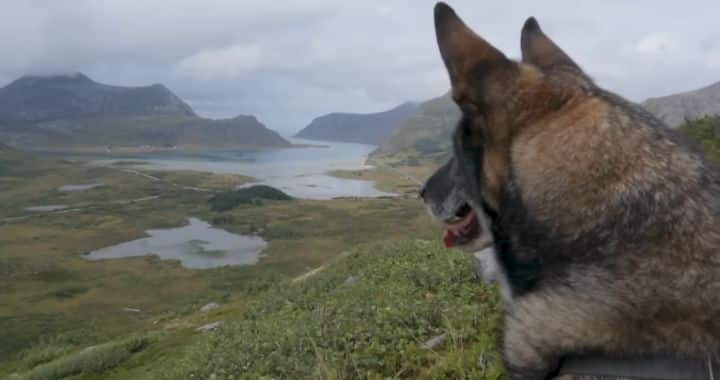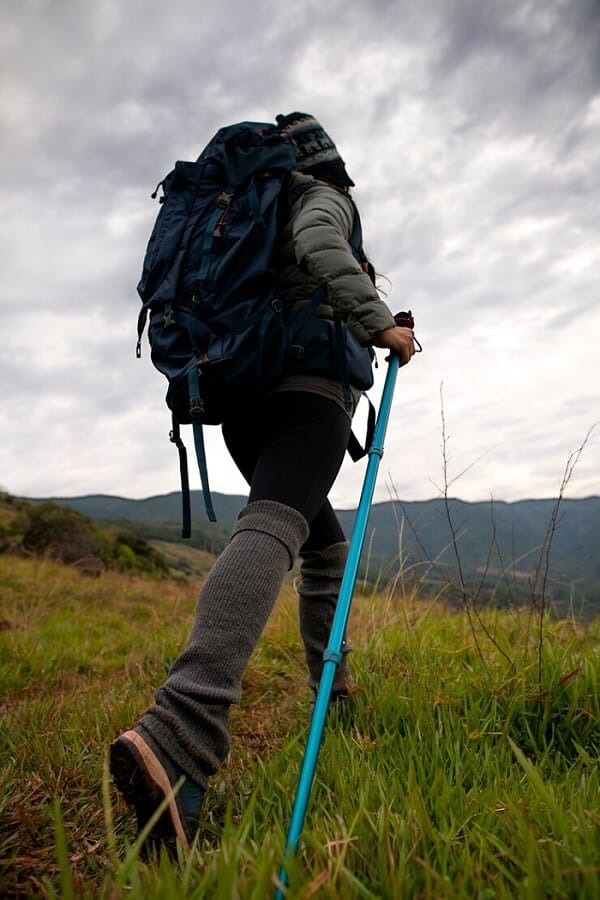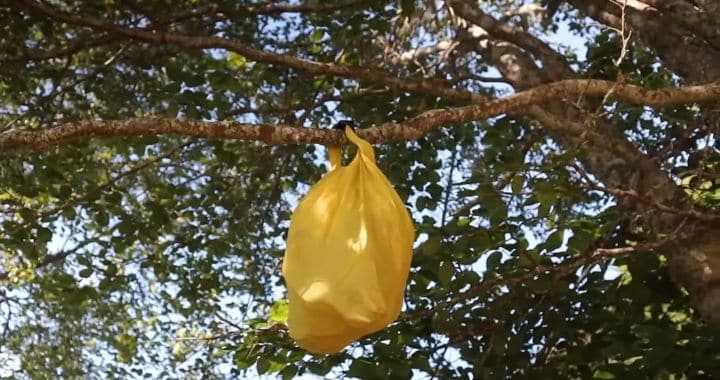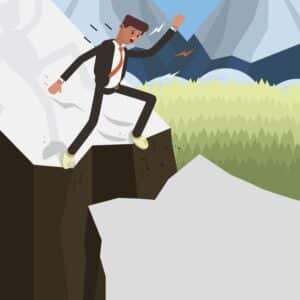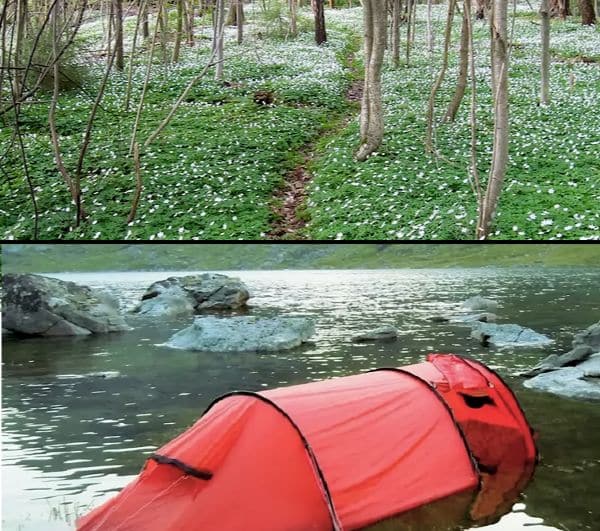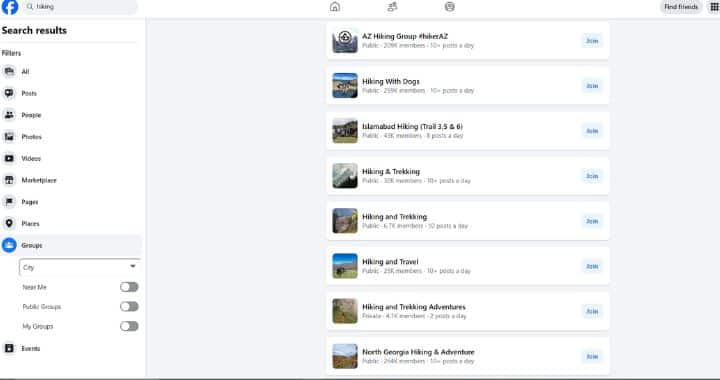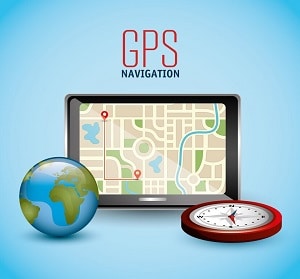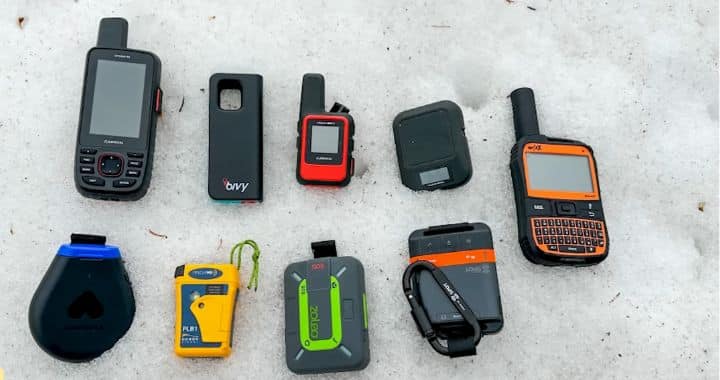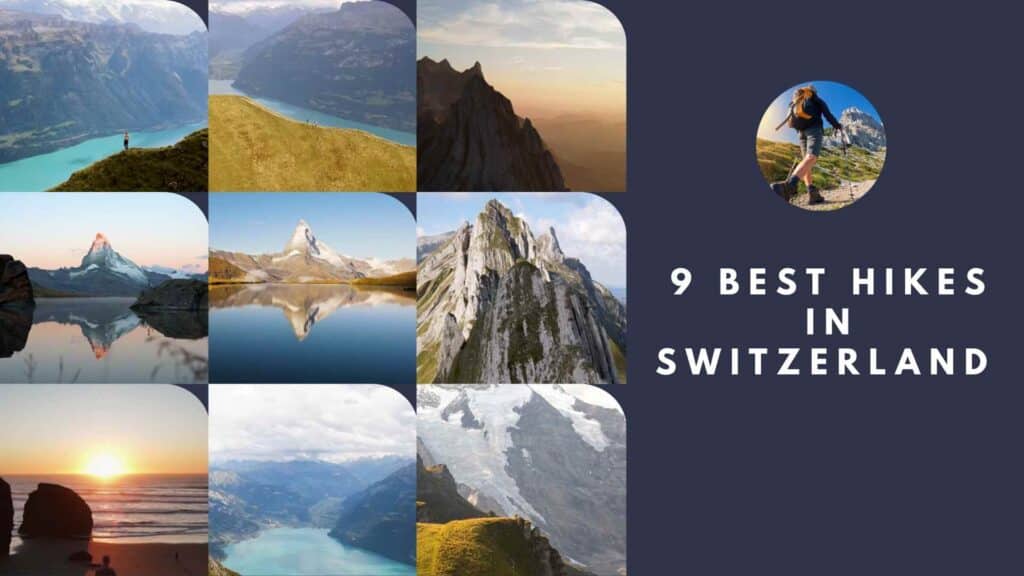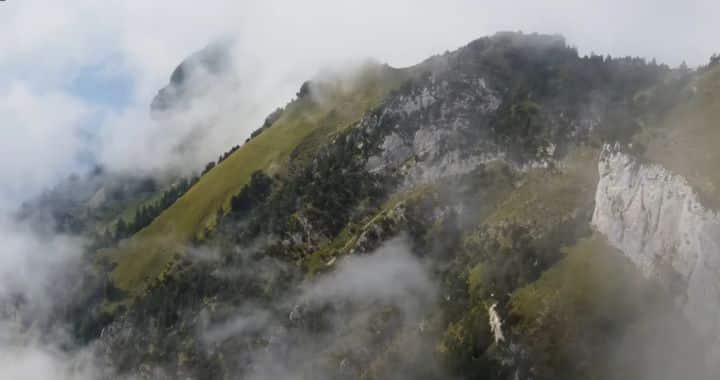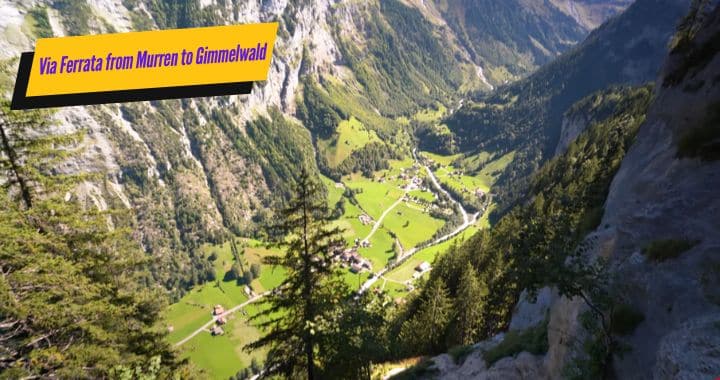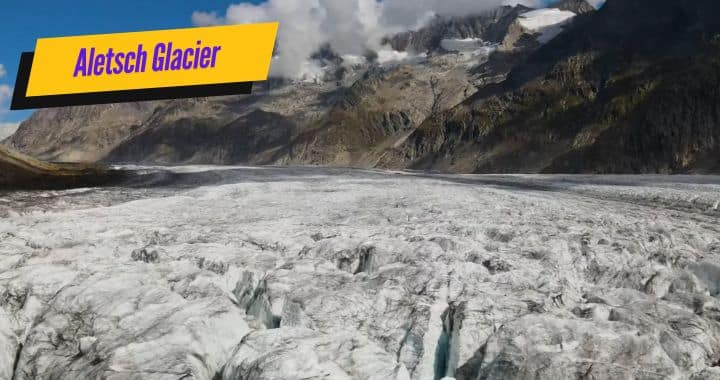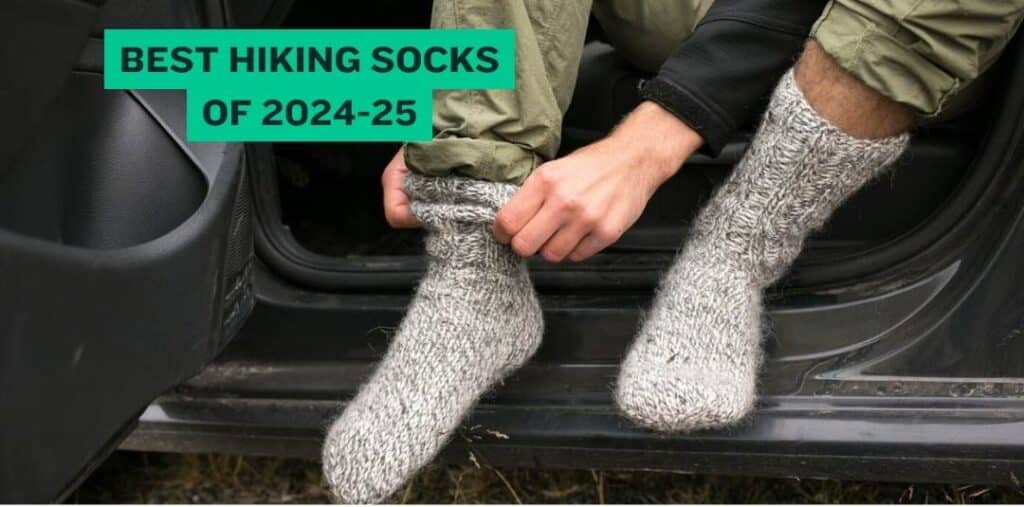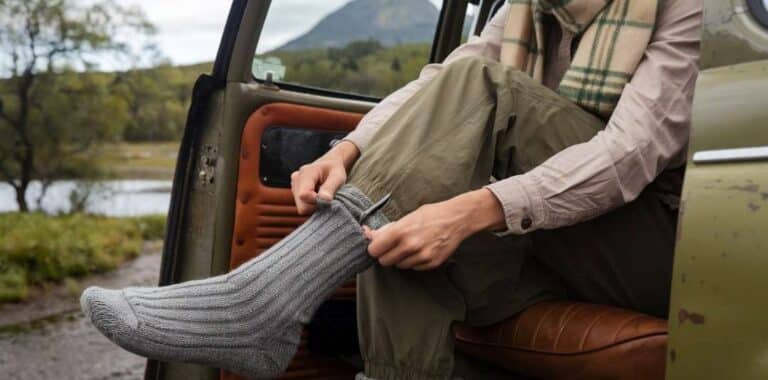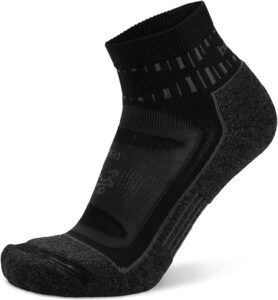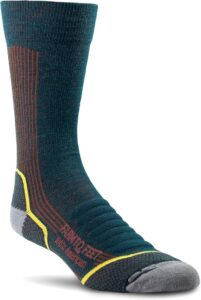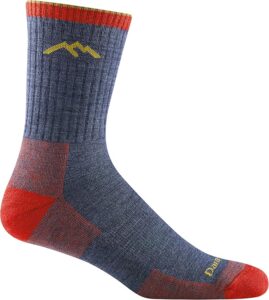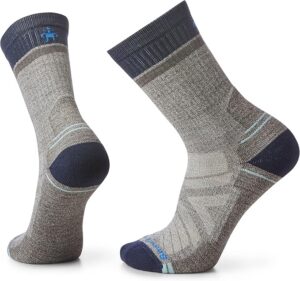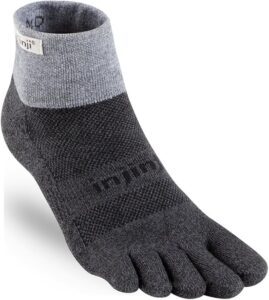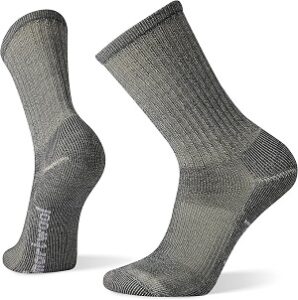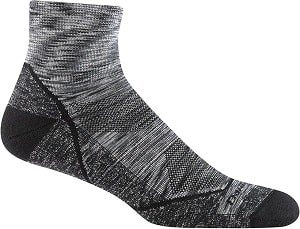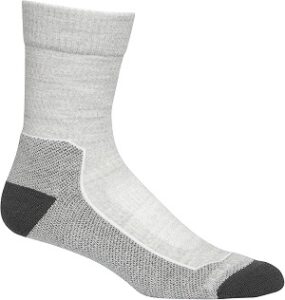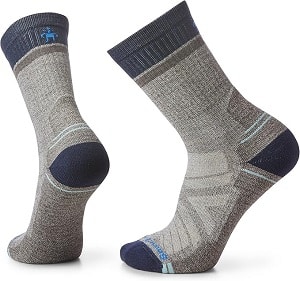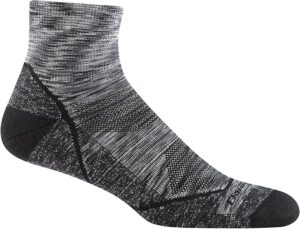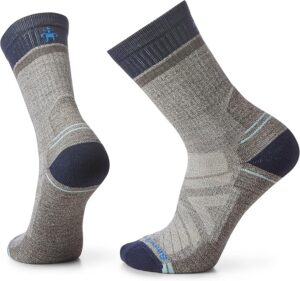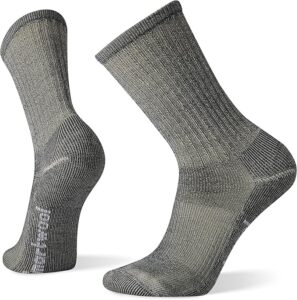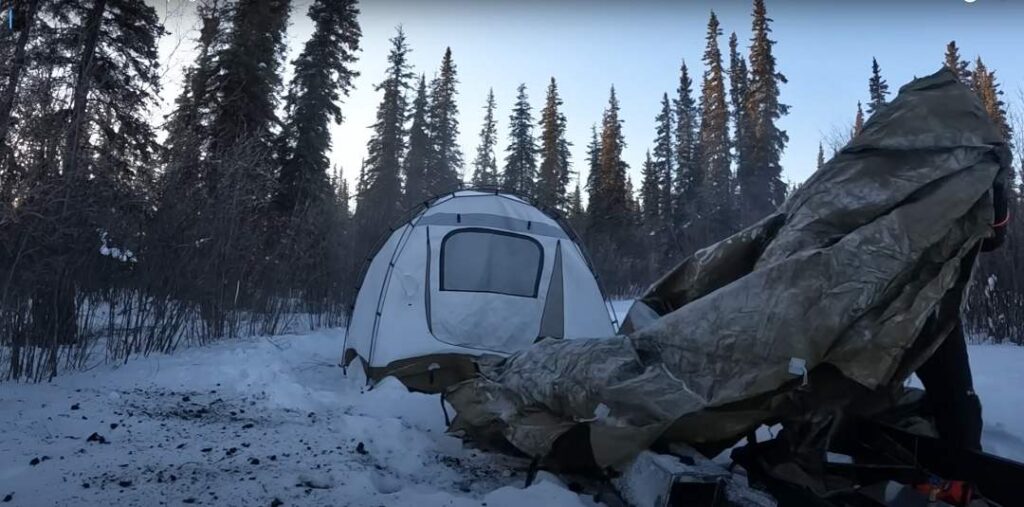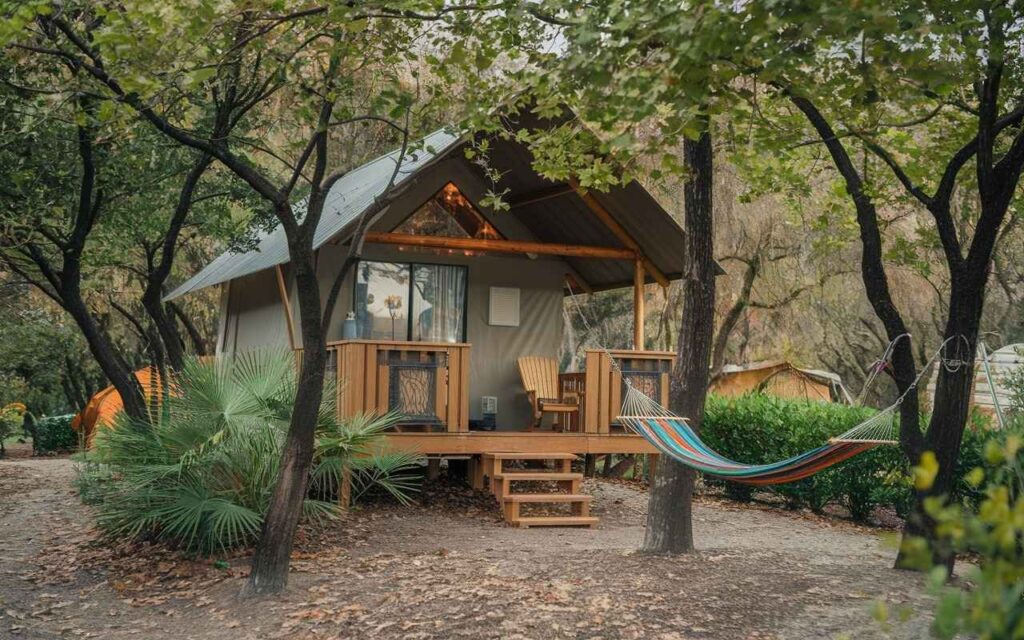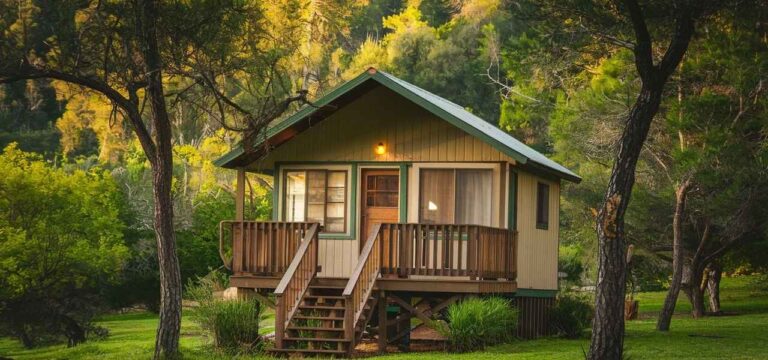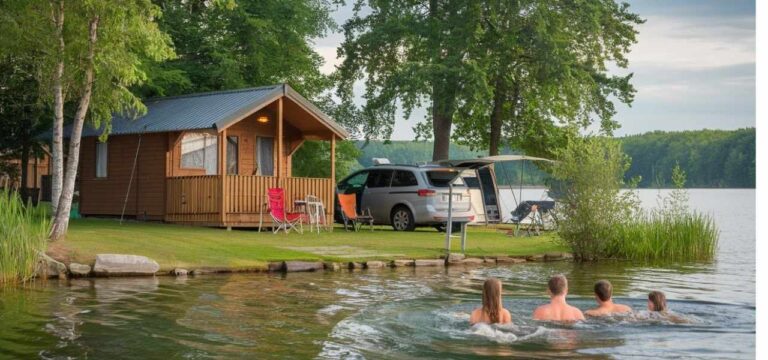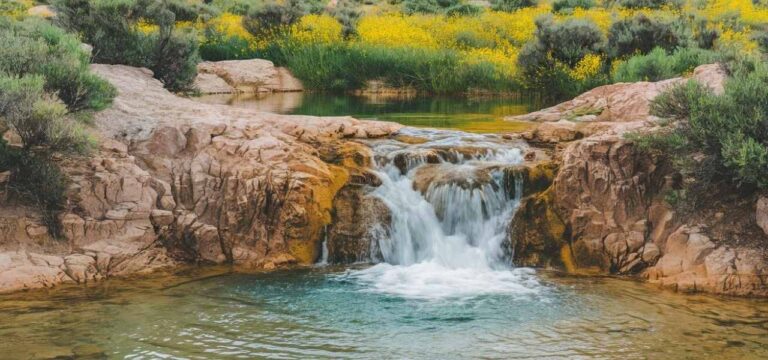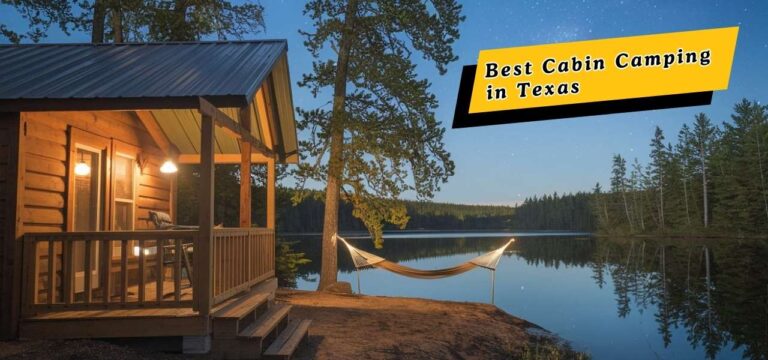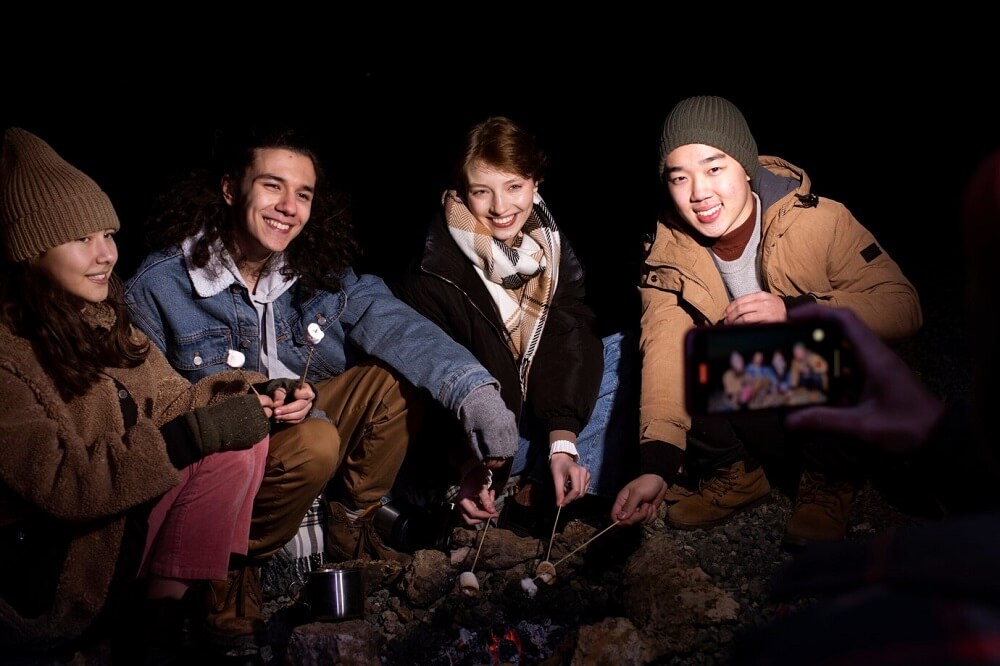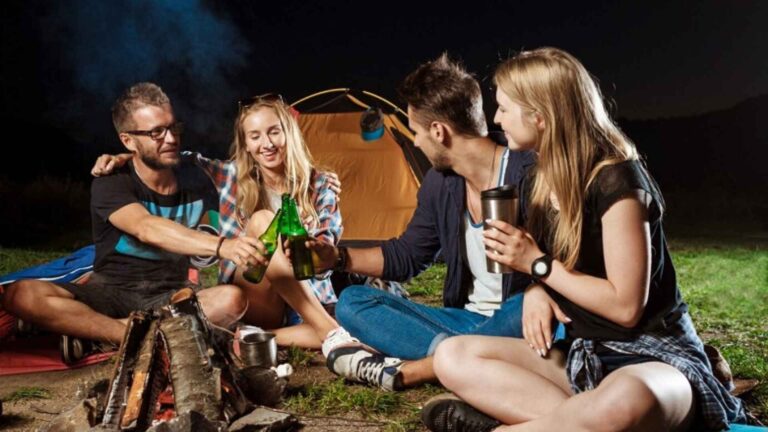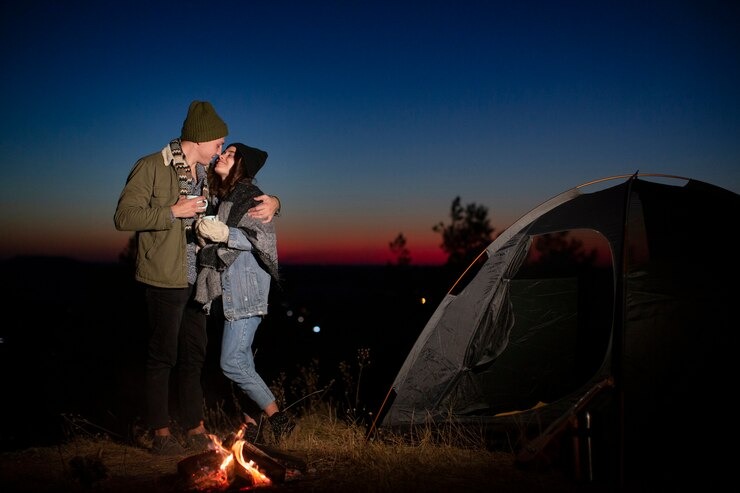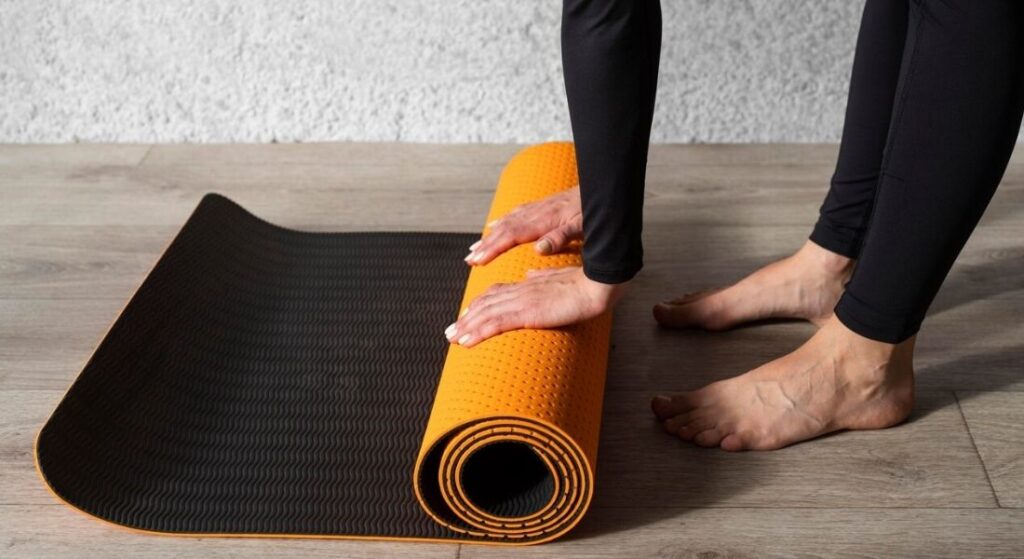Solo hiking can be one of the most rewarding experiences, but it’s important to stay safe along the way. As a beginner, it’s essential to prepare well, trust your instincts, and be aware of your surroundings. Always check weather forecasts, carry extra food, and have a backup navigation system. Pay attention to trail conditions and stay cautious near cliffs or wild animals. By following these simple yet effective safety tips, you can enjoy your solo hikes with peace of mind.
Here are 20 solo hiking safety tips without any BS or fluff:
You shouldn’t be Wary of just wild animals whenever you see horses, cows, goat or sheep alone in the mountains you should always pay a bit more attention because there might be a guard dog somewhere nearby in more popular hiking areas like the Alps or the Pyrenees. Usually they’re very well trained and they’re friendly to hikers but in more remote areas like for example, here in central Italy sometimes they’re very aggressive towards humans.
if you see one, always stop and judge the situation first before approaching and determine whether the shepherd dog is aggressive towards you or not if he is slowly back away no sudden movement and go around the herd from a distance that way he probably won’t be aggressive towards you.
because you can set up some tents with them and they also greatly reduce the chances of you getting ankle or leg injuries.
To avoid ankle injuries, which could develop a potentially dangerous situation if you’re hiking solo, you need to increase the mobility range of your ankles, and you can do that by doing these four exercises: do 20 of these smaller bounces to improve your dorsiflexion, 10 of these stretches to improve your plantar flexion, 10 outward stretches to improve your supination, and another 10 inward stretches to improve your pronation.
If you’ll be hiking solo, you should definitely find someone who can alert the authorities in case you go missing. The main idea here is that you’d update them every day, and if they don’t receive any messages from you for a day or two, they would get in touch with a rescue team and let them know that you’re probably lost, or that your phone is dead, and that you just aren’t answering.
Even if you don’t live in bear country, you should never leave your food, empty food packaging, your deodorant, and other things that have a strong smell inside of your tent. Here in Europe, you’d mostly do it to avoid wild boar encounters during the night, but depending on where you live, it could be other animals as well. I usually put everything that has smell in a dry sack and hang it up pretty high in a tree, at least 50 m away from my tent.
That said, you could probably skip this step if you’re camping very high up in altitude, way above the tree line, because there you’ll usually only encounter mountain goats, foxes, and they’re usually pretty shy and they won’t try to get inside of your tent.
When traveling, you should always protect yourself when connected to a public Wi-Fi. Always use a VPN to protect your data; the Wi-Fi network won’t be able to steal your passwords and other sensitive information.
Although definitely tempting, do not watch videos on YouTube because you’ll go down a rabbit hole and end up thinking that hiking is more dangerous than it actually is.
That amounts to 0.017 fatalities out of every 100,000 people. Now, let’s compare that to driving, where the fatality rate is 11 per 100,000 people. In simple words, hiking is 647 times safer than driving a car. So do yourself a favor and do not watch videos like that because, in reality, hiking solo is pretty safe.
I approached a cliff that was maybe 50 m high, and then I suddenly lost balance. I don’t know, maybe I stepped on a rock or something, but the point is that I lost my balance right next to the cliff. After that, I started thinking it really takes so little to have an accident like that. So while the experience is still fresh in my mind, now I try not to approach cliffs like that, or at least I try to take off my backpack and then do it much more carefully.
I end up regretting it because it’s either too overgrown, it’s too steep, or it’s not usable in some other way. Only take it if you can clearly see the whole path and it’s easily doable.
Most people that do hiking are actually good people, so you don’t realistically need to worry about them. But when you’re camping on public campgrounds, you’re sharing it with other people, which sometimes can be a bit weird or make you feel uncomfortable, or even have some bad intentions. If you’re concerned about that and you’re hiking solo, especially if you’re a girl, it might be a better idea to set up your camp outside of camps, out of sight, not near roads, not near houses, and so on, because nobody will see you there and it will be safer.
If you’re hiking on overgrown trails and you can’t really see what’s hiding behind the next Bush 10 to 20 M away, make sure to every once in a while clap your hands and do other loud noises to scare off any wild animals and potentially startling them not only bears. But wild bores deer and other large animals because they might act aggressively when you startle them especially if they’re with their babies.
To avoid animal encounters do not set up your tent near water sources or on animal tracks which essentially look like a regular Trail but less maintained and in the middle of nowhere. Also don’t set it up underneath trees with a lot of dead branches that could fall on the tent or with some dead standing trees nearby and lastly avoid setting up your tent in areas that look like they might flood if a heavy rainstorm kicks in which could be a wash or near a stream or something similar.
Make it a habit to always stop hiking when you start feeling too tired because other than getting a heat stroke or something similar that. When you start to have poor judgment so even if you haven’t reached your desired campsite it’s always a better idea to have a small pause think about where you can set up your tent and possibly even hiking a bit back to set up the tent.
If you’re navigating on your phone, make it a habit to stop and only then look at your phone that’s because you could accidentally step on a rock and sprain your ankle maybe poke your eye with a tree branch step on a snake or something similar.
When hiking solo you need to pay much more attention to the weather forecast and the upcoming trail conditions, because if something happens you’re out on your own avoid hiking in high altitudes late in Spring and even sometimes early in the summer if there’s still a lot of snow left stay below the tree line in thunderstorms and remember that after heavy rains a lot of rivers streams might not be crossable due to a higher water level in the dry season watch out for any Wildfire notices and remember that some water sources might be dried up.
In case something happens, I usually carry at least one extra day of food with me at all times but if you’re a beginner or if you’re hiking in a very remote area then you should probably carry at least two extra days also do not rely only on food that needs to be cooked on camping stove because you can run out of gas the camping stove might become damaged or if the temperature drops below freezing regular gas powered camping stoves usually stop working then.
of charge and you should also make sure that your preferred navigation app also works offline.
In areas that aren’t that remote that have well-marked Trails or that you know of personally navigating with just your phone usually is safe enough. That’s like how I navigate 99% of the times but ideally you should also carry a backup as well.
In case something happens to your phone and the best one definitely is a dedicated GPS device from Garmin Zio spot or something similar that’s because they’re more robust they have a longer battery life, all of them come with an SOS emergency function and a lot of them also come with satellite messaging, which means that you can communicate with other people even if there’s no reception of course another alternative is to carry paper maps and a compass.
As your backup however you have to learn how to use them you have to print a new map before each hike and sometimes they’re also hard to navigate by precisely, especially if you’re hiking in a forest or if there aren’t any key landmarks to navigate by.
And the last tip which might actually seem like fluff or BS to some people but in my opinion is quite important is to trust your instincts. We’re all animals and if dogs can sense that something dangerous is about to happen and they become nervous. I think that you subconsciously can do that as well.
So if your gut is telling you to not Camp here to not hike on that specific Trail or to turn back. I would advise you to follow it of course I don’t have any actual proof to back this up but there are a lot of stories from other people who have trusted their gut while hiking and avoided a potentially dangerous situation.
